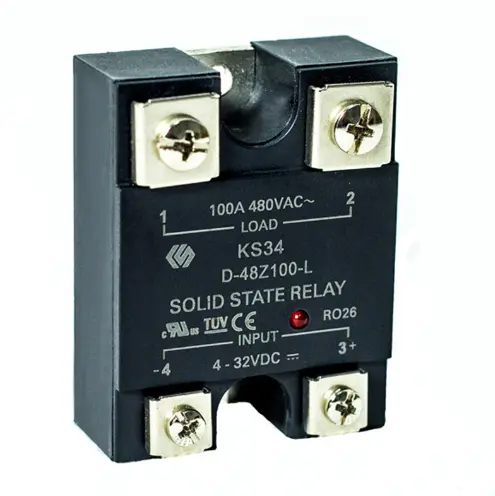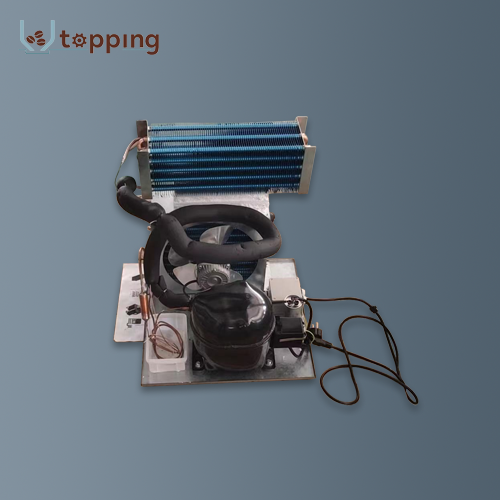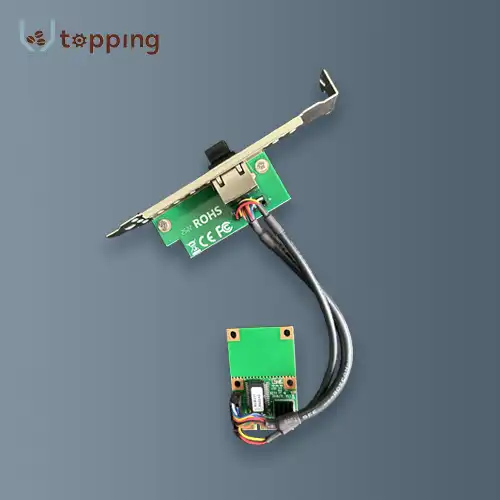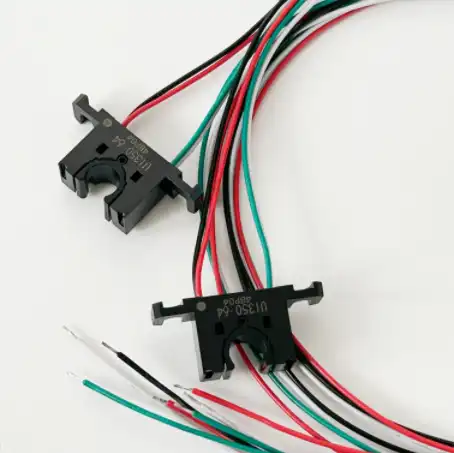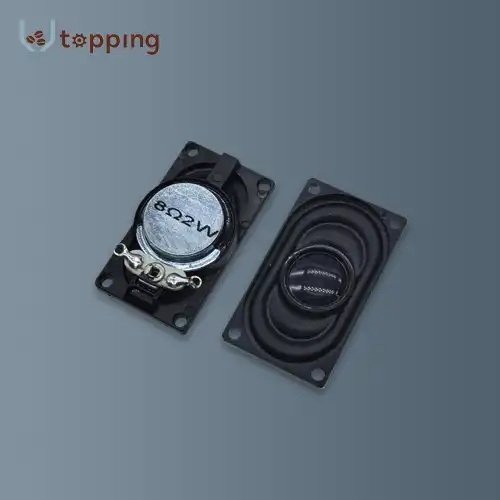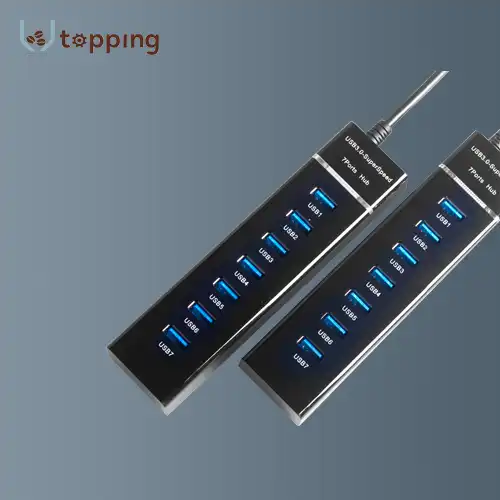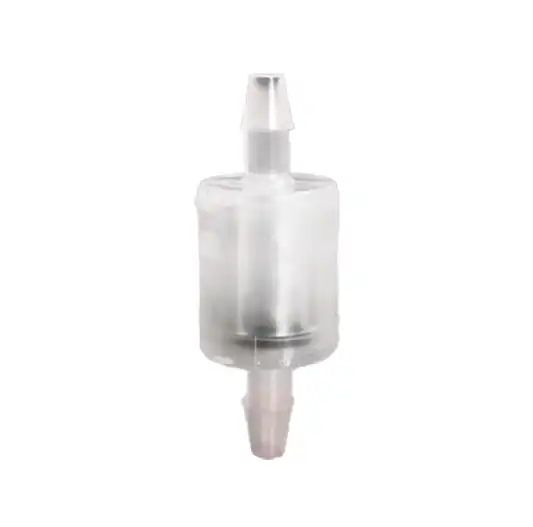What Kind of Motor in Coffee Grinder?
2024-06-26 14:46:32
With regards to partaking in the ideal mug of espresso, coffee grinder motor assumes a vital part. One frequently neglected part of an espresso processor is its engine, which straightforwardly influences the presentation, sturdiness, and commotion level of the machine. This blog digs into the different sorts of engines utilized in espresso processors, their advantages, and what to search for while choosing an espresso processor.
What Are the Basic Components of a Coffee Grinder Motor?
A coffee grinder motor is designed to convert electrical energy into mechanical energy, which drives the grinding mechanism. The basic components of a coffee grinder motor include:
Rotor: The rotating part of the motor that turns the grinder’s burrs or blades.
Stator:The stationary part that generates a magnetic field to turn the rotor.
Bearings: Components that support the rotor and reduce friction.
Brushes (in some motors): Conduct electricity between stationary wires and the moving parts.
Wiring: Conducts electricity from the power source to the motor.
Capacitor (in some motors): Helps start the motor by storing electrical energy.
When the motor is powered on, electrical energy flows through the wiring to create a magnetic field in the stator. This magnetic field causes the rotor to spin, which in turn drives the burrs or blades that grind the coffee beans.
How Do Different Types of Motors Affect Grinder Performance?
The type of motor used in a coffee grinder motor can significantly affect its performance in terms of speed, torque, noise, and durability. Here’s how different motors impact performance:
AC Motors: These motors are common in home coffee grinders. They offer reliable performance and are generally less expensive. However, they tend to be noisier and may not handle heavy-duty grinding as well as DC motors.
DC Motors: Found in higher-end and commercial grinders, DC motors provide more consistent speed and torque. They are quieter and can handle larger quantities of beans, making them ideal for heavy use.
Brushless Motors:These are a type of DC motor that doesn’t use brushes to conduct electricity. They are more efficient, produce less heat, and have a longer lifespan but are more expensive.
Universal Motors: These motors can run on either AC or DC power. They are lightweight and powerful but can be noisy and have a shorter lifespan compared to other types.
Choosing the right motor depends on your grinding needs, budget, and preferences for noise and durability.
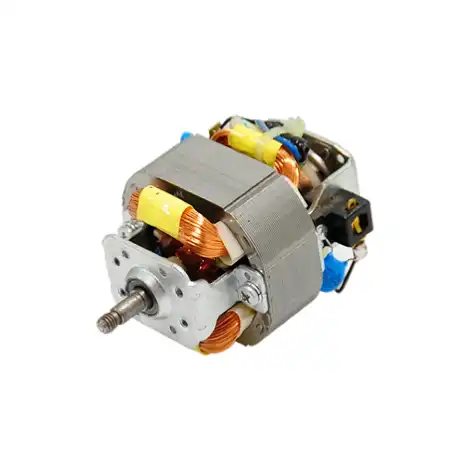
Why Is Motor Speed Important in Coffee Grinders?
Motor speed, often measured in revolutions per minute (RPM), is crucial because it affects the grind consistency and heat generation:
High-Speed Motors: These motors can grind beans quickly but tend to produce more heat, which can affect the coffee's flavor by causing the beans to lose some of their aromatic oils. They are suitable for coarse grinds but may not produce consistent fine grinds.
Low-Speed Motors:Also known as gear-reduction motors, these operate at a lower speed, generating less heat and producing a more consistent grind. They are ideal for espresso and other fine grinds.
Understanding motor speed helps in selecting a grinder that suits your brewing method and flavor preferences.
How Do AC and DC Motors Compare in Coffee Grinders?
AC and DC motors are the two primary types of motors used incoffee grinder motor, each with its own advantages and disadvantages:
AC Motors:
Pros:
Cost-effective
Reliable for standard home use
Simple design
Cons:
Noisier
Less efficient
Can overheat with prolonged use
DC Motors:
Pros:
More efficient
Quieter operation
Better torque and speed control
Cons:
More expensive
Complex design
Requires more maintenance
AC motors are generally suitable for casual home users, while DC motors are better for enthusiasts and professionals who need more precise control and quieter operation.
What Are the Benefits of Brushless Motors in Coffee Grinders?
Brushless motors are an advanced type of DC motor that offers several benefits over traditional brushed motors:
Efficiency: Brushless motors are more efficient, converting more electrical energy into mechanical energy.
Durability:Without brushes, there’s less wear and tear, leading to a longer lifespan.
Low Maintenance:Brushless motors require less maintenance since there are no brushes to replace.
Quiet Operation:These motors produce less noise, making them ideal for home use where noise levels are a concern.
Consistent Performance:They provide steady torque and speed, ensuring a uniform grind.
The main downside of brushless motors is their higher cost, but for serious coffee enthusiasts, the benefits often outweigh the expense.
Why Are Universal Motors Used in Some Coffee Grinders?
Universal motors can operate on both AC and DC power, offering a unique set of advantages:
High Power-to-Weight Ratio:Universal motors are lightweight yet powerful, making them suitable for compact grinders.
Versatility:Their ability to run on both AC and DC power provides flexibility in design and application.
High Speed:These motors can reach high speeds, which is beneficial for grinding large quantities of beans quickly.
However, universal motors tend to be noisy and may have a shorter lifespan compared to AC or DC motors. They are commonly used in portable or budget-friendly coffee grinders.
What Factors Should You Consider When Choosing a Coffee Grinder Motor?
When selecting a coffee grinder motor, consider the following factors:
Usage Frequency:How often you use the grinder will affect the type of motor you need. Frequent use may require a more durable and efficient motor like a DC or brushless motor.
Grind Consistency:For consistent fine grinds, a low-speed motor is preferable. High-speed motors are suitable for coarse grinds.
Noise Level:If noise is a concern, opt for a DC or brushless motor, which are generally quieter.
Budget:Higher-end motors like DC and brushless motors are more expensive. Consider your budget and whether the additional cost is justified by your needs.
Maintenance:Consider the maintenance requirements. Brushless motors require less maintenance, while brushed motors and universal motors may need more frequent attention.
By evaluating these factors, you can choose a coffee grinder motor that best fits your needs and preferences.
How Does the Motor Affect the Overall Quality of the Grinder?
The motor is a critical component that affects the overall quality and performance of a coffee grinder motor in several ways:
Grind Consistency:A good motor ensures uniform rotation of the burrs or blades, leading to a consistent grind size.
Noise Level:Motors with better design and construction are typically quieter, making the grinding process more pleasant.
Durability:A high-quality motor can withstand regular use without overheating or breaking down, extending the grinder’s lifespan.
Speed and Efficiency:Efficient motors grind beans quickly and evenly, which is essential for maintaining the coffee’s flavor profile.
Investing in a grinder with a high-quality motor can improve your coffee experience by ensuring you always get a consistent, flavorful grind.
What Are the Top-Ranked Coffee Grinders Based on Motor Quality?
The following are some of the best coffee grinders in terms of overall performance as well as the quality of the motor:
1.Baratza Encore:The Baratza Encore is renowned for its steady grinds and quiet operation due to its DC motor.
2.Processor from Breville Brilliant Pro: Thanks to its powerful and effective DC motor, this grinder grinds well and lasts a long time.
3.Rocky: RancilioThe Rancilio Rough's powerful engine and steady execution make it ideal for both private and business use.
4.Baratza Virtuoso+:This is yet another amazing Baratza item because it has a high-quality DC engine that ensures precise and tranquil labor.
5.Coffee Intolerance: This grinder is a great option for use at home because it has a powerful AC motor that is designed to reduce noise and heat.
The engine quality of these processors is praised, resulting in increased performance and durability.
Conclusion
Understanding the kind of engine in an espresso processor is fundamental for picking a processor that addresses your issues. From the fundamental parts and works to the distinctions between AC, DC, brushless, and general engines, this information assists you with pursuing an educated choice. You can select a coffee grinder motor motor that will enhance your coffee brewing experience by taking into consideration factors such as usage frequency, grind consistency, noise level, budget, and maintenance.
References
1. Perfect Daily Grind. (2023). "The Ultimate Guide to Coffee Grinder Motors." Retrieved from https://perfectdailygrind.com
2. Home Grounds. (2023). "Understanding Coffee Grinder Motors." Retrieved from https://homegrounds.co
3. Coffee Geek. (2023). "How to Choose the Right Coffee Grinder Motor." Retrieved from https://coffeegeek.com
4. Bean Box. (2023). "Coffee Grinder Motor Types Explained." Retrieved from https://beanbox.com
5. Serious Eats. (2023). "A Detailed Look at Coffee Grinder Motors." Retrieved from https://seriouseats.com
6. Blue Bottle Coffee. (2023). "Why Motor Type Matters in Coffee Grinders." Retrieved from https://bluebottlecoffee.com
7. Coffee Review. (2023). "Top Coffee Grinders Based on Motor Quality." Retrieved from https://coffeereview.com
8. National Coffee Association USA. (2023). "Coffee Grinder Maintenance and Motor Care." Retrieved from https://ncausa.org
9. Sprudge. (2023). "The Role of Motors in Coffee Grinding." Retrieved from https://sprudge.com
Send Inquiry
Related Industry Knowledge
- What is the specific working process of the Control Board For Vending Machine?
- Can Upgrading Your Coffee Grinder Motor Improve Grinding Consistency?
- What Kind of Motor in Coffee Grinder?
- What is a coffee dispenser?
- How Does Coffee Vending Machine Ingredient Canisters Design Affect Coffee Flavor?
- What Factors Influence Coffee Quality Through Ingredient Canisters?
- Coffee Vending Machine Mixing Systems Features
- What technologies are involved in upgrading the Vending Machine Board?
- How does the valve coffee machine work
- What is a Vending Coffee Machine Water Tank?

.webp)
